The Stuff of Legend – Celebrating 50 Years of Moonwatch’s Lunar Landing
Omega relives that unforgettable day in 1969 when two men and a Speedmaster took their first steps on the Moon.
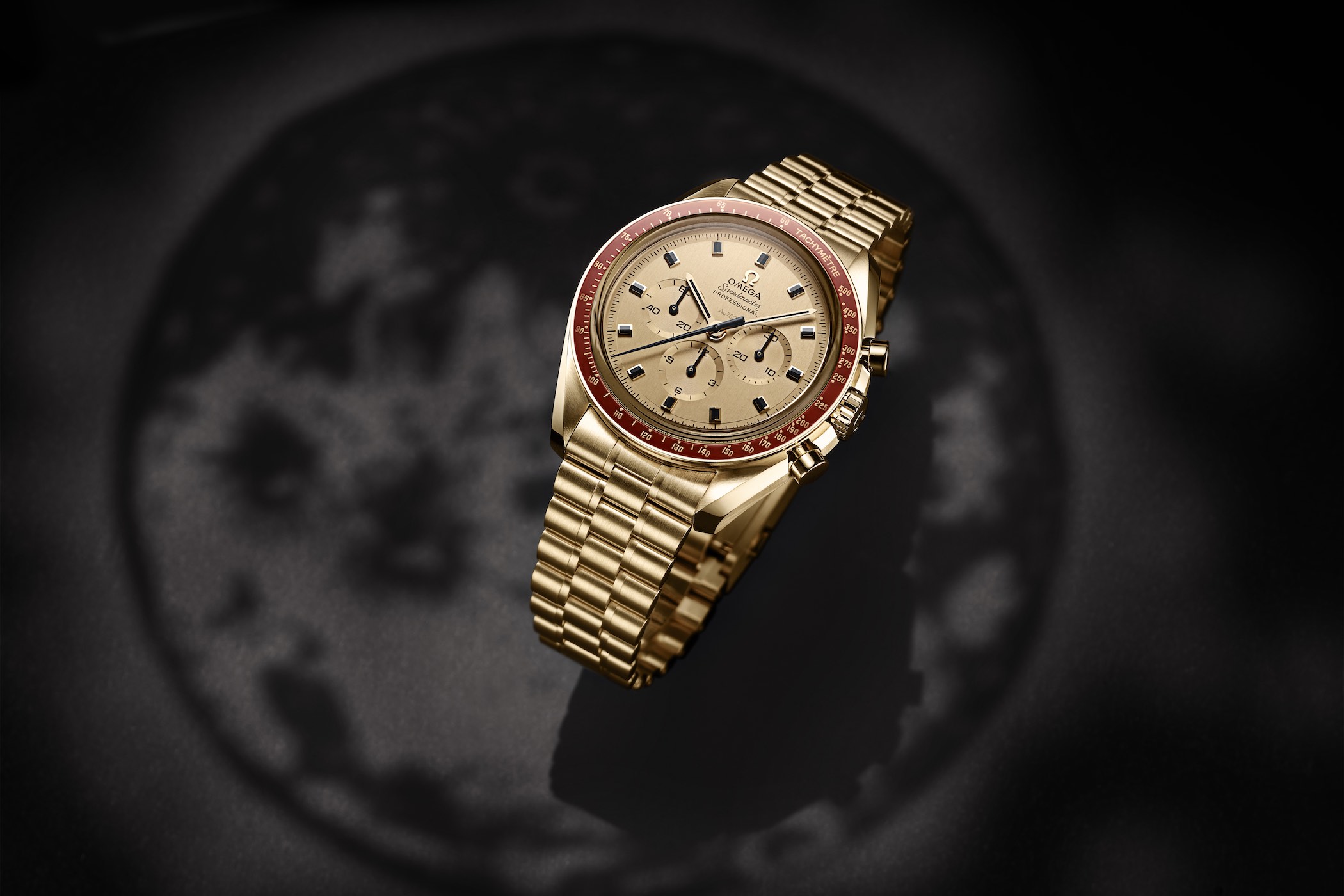
No watch can compete with the story of the Moonwatch. Period. And you can be sure that Omega will be pulling out all the stops and rolling out the red carpet to celebrate the golden anniversary of the Speedmaster’s Moon landing.
On 16th July 1969, the Apollo 11 lifted off from the Kennedy Space Centre in Florida and four days later, on the 20th of July at 20:17:40 UTC, reached the Moon. Commander Neil Armstrong and pilot Buzz Aldrin landed the Eagle lunar module on the surface of the Moon, while Michael Collins remained in orbit in the command module.
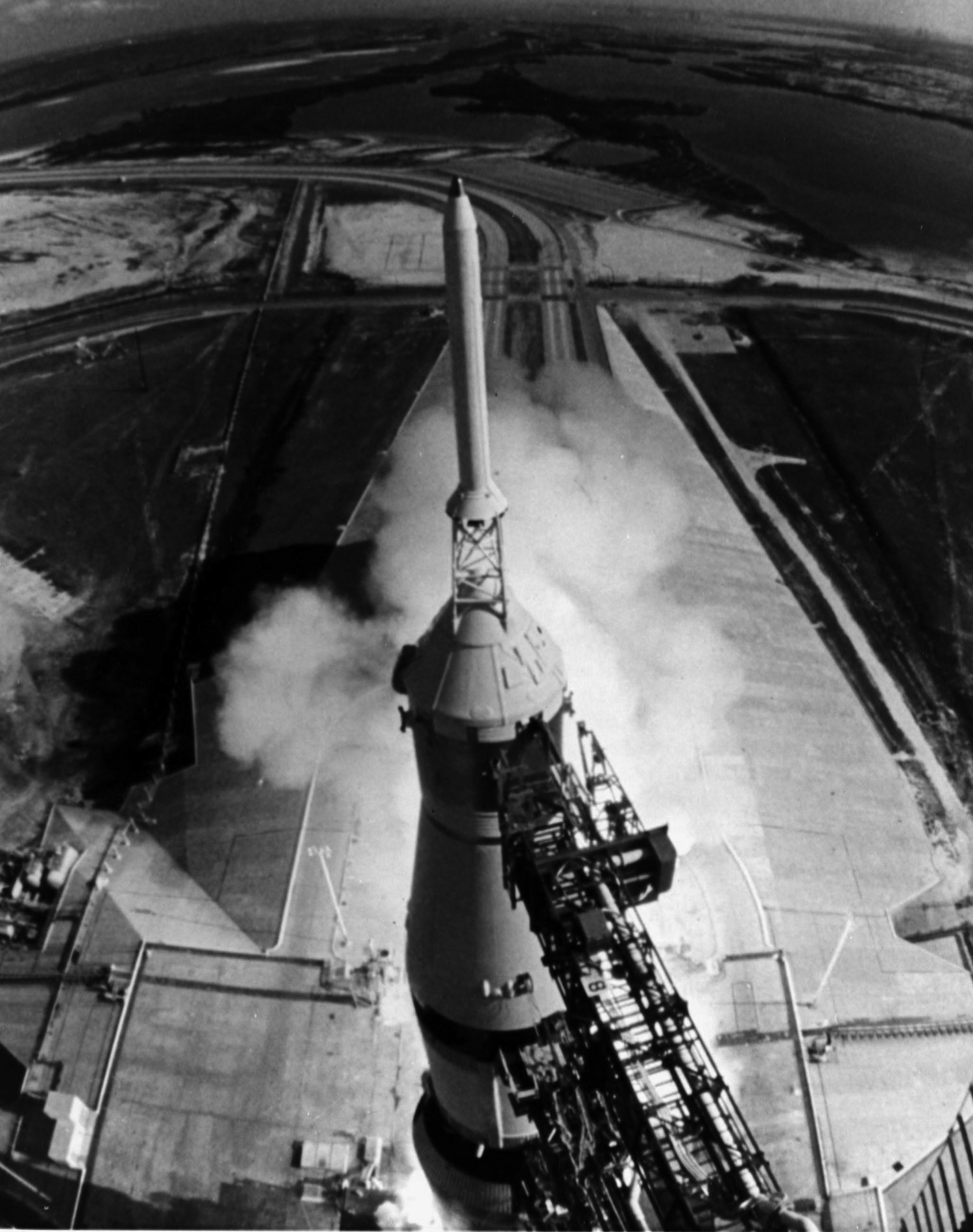
Glued to their televisions, 600 million viewers on Earth watched Armstrong descend the ladder of the lunar module and heard him utter the words: “One small step for man, one giant leap for mankind.” It was an epic moment in space exploration and an equally epic moment for a watch company in Switzerland: when Aldrin joined Armstrong on the lunar surface about 20 minutes later he was wearing his official issue Speedmaster 105.012 strapped over his bulky moon suit.
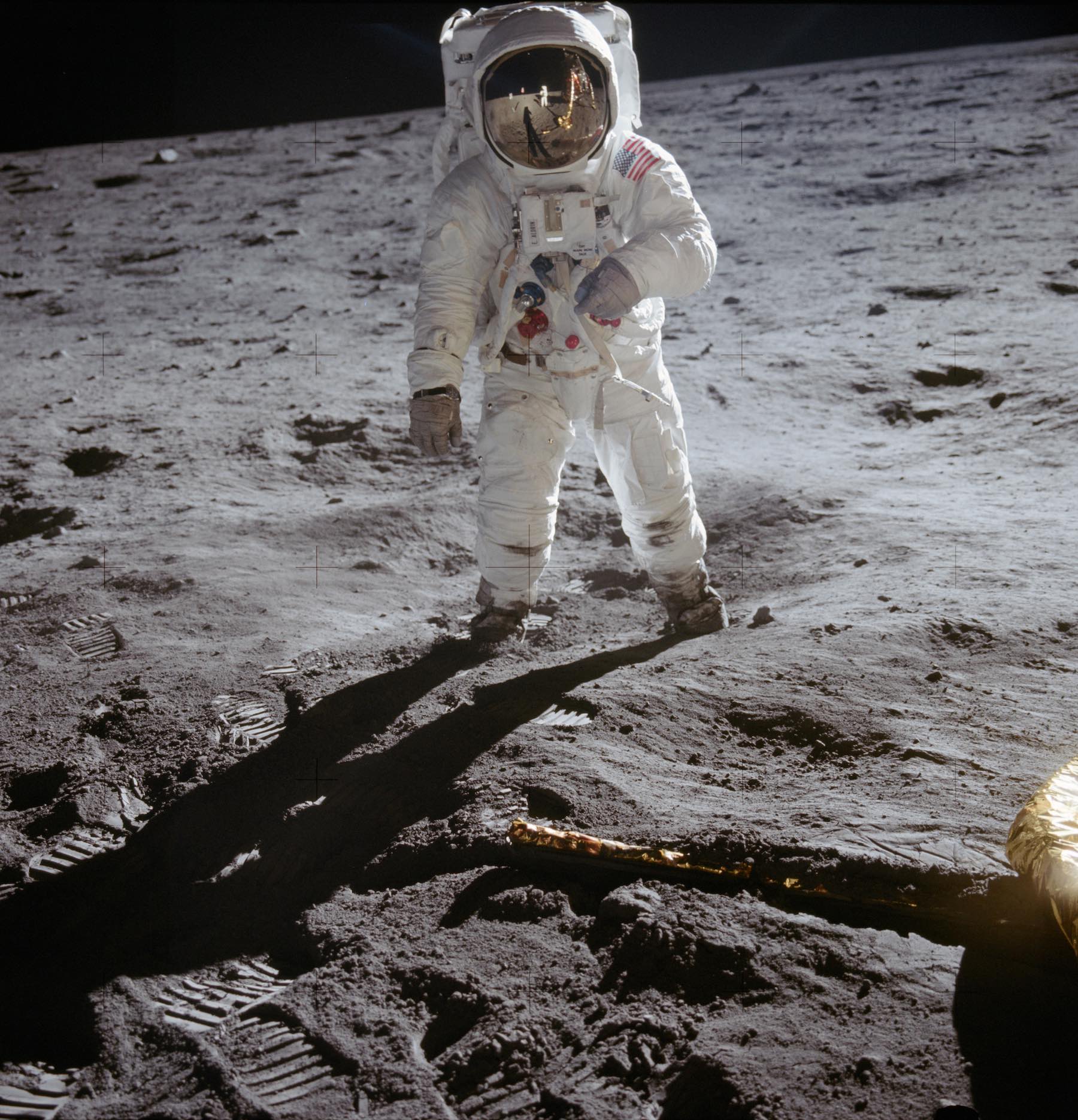
How the Speedmaster landed on the Moon
Responsible for testing and equipping hardware for the mission, NASA’s Project Engineer James H. Ragan was the man who landed the Speedmaster on the Moon. This was not, however, the Speedmaster’s first voyage in space. In1962, during the Mercury program orbital flight, astronaut Walter Schirra wore a CK2998 Speedmaster on board the Sigma 7, but it was his personal watch. Two years later, following a petition by astronauts for a backup timing device on their missions, Flight Crew Operations Director, Deke Slayton, requested “a highly durable and accurate chronograph to be used by Gemini and Apollo flight crews”.
Ragan was assigned to choose a suitable watch for the upcoming space missions and subjected the selected candidates to 11 punishing tests. In his own words: “Everybody wore a wristwatch back then. But the astronauts wanted a chronograph to wear so that they could do their own timing. The watch was a critical backup. If the astronauts lost the capability of talking to the ground, or the capability of their digital timers on the lunar surface, the only thing they had to rely on would be the watches they had on. It needed to be there for them if they had a problem.”
Among the watches Ragan selected was an Omega Speedmaster. Launched by Omega in 1957, the Speedmaster was the first chronograph to display a tachymeter scale on the bezel. Designed to measure elapsed times and speed with chronograph and tachymeter functions, the Speedmaster was one of three professional watches launched by the Swiss brand – along with the Seamaster and the Railmaster – offering a high-precision, water-resistant watch that was easy to read and use. You can read all about the evolution of the Speedmaster over the years in Brice’s comprehensive article, complete with a timeline and videos.
The NASA trials, designed to “test the watches to destruction”, included extreme temperature oscillations (from 93ºC to -18ºC), violent shocks, high and low pressure, humidity, noise, vibrations, a corrosive oxygen environment etc. The only watch to survive the torture was the Speedmaster. As a result, the Speedmaster was declared “Flight Qualified for all Manned Space Missions” on the 1st of March 1965 and made its first official trip into space on 23 March 1965 on the wrists of Virgil Grissom and John Young during the Gemini III mission. Because of the thickly padded space suits, the steel bracelet of the Speedmaster was exchanged for a long Velcro strap coiled twice around the wrist for safety.
Return to Earth
After 20 hours on the Moon’s surface and 21.55 kilos of lunar samples, Armstrong and Aldrin lifted off in the Eagle to rejoin their companion Collins in the Columbia. A successful splashdown in the Pacific Ocean on the 24th of July marked the end of the Apollo 11 mission. The Speedmaster, however, had not finished its duties and was deployed on all future lunar landings including Apollo 12, 14, 15, 16 and 17.
The legend continues
This year marks the 50th anniversary of the Moon landing and the Speedmaster’s debut on the lunar surface. To celebrate this golden anniversary, Omega revisits a specific model made in 1969 to celebrate the Apollo 11 landing. It was the brand’s first numbered edition Speedmaster and only 1,014 pieces were produced between 1969 and 1973. Made in solid yellow gold with a burgundy bezel, numbers 3-28 and 1001-1008 were given as gifts to NASA’s serving astronauts. The 50th Anniversary Apollo 11 watch is a re-edition of the original model but is decked out with a new-generation hand-wound chronograph movement, calibre Omega 3861 and flaunts Master Chronometer and COSC status.
Where were you on July 20, 1969?
I remember the Moon landing clearly, but for all the wrong reasons. Woken from our slumber, my sister and I were placed in front of a black and white TV in our living room in London to watch fuzzy images of a man bouncing around on the Moon. Hardly our idea of entertainment, we clamoured for our favourite programme the Magic Roundabout and were sent back to bed. Are any of you old enough to remember the event? Please share your memories with us in the comment box below.

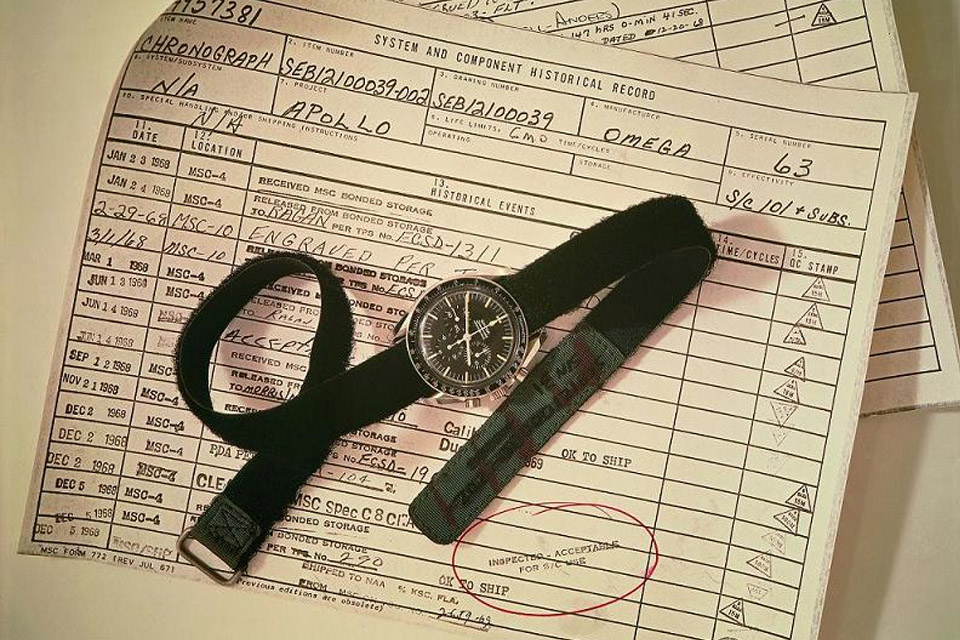
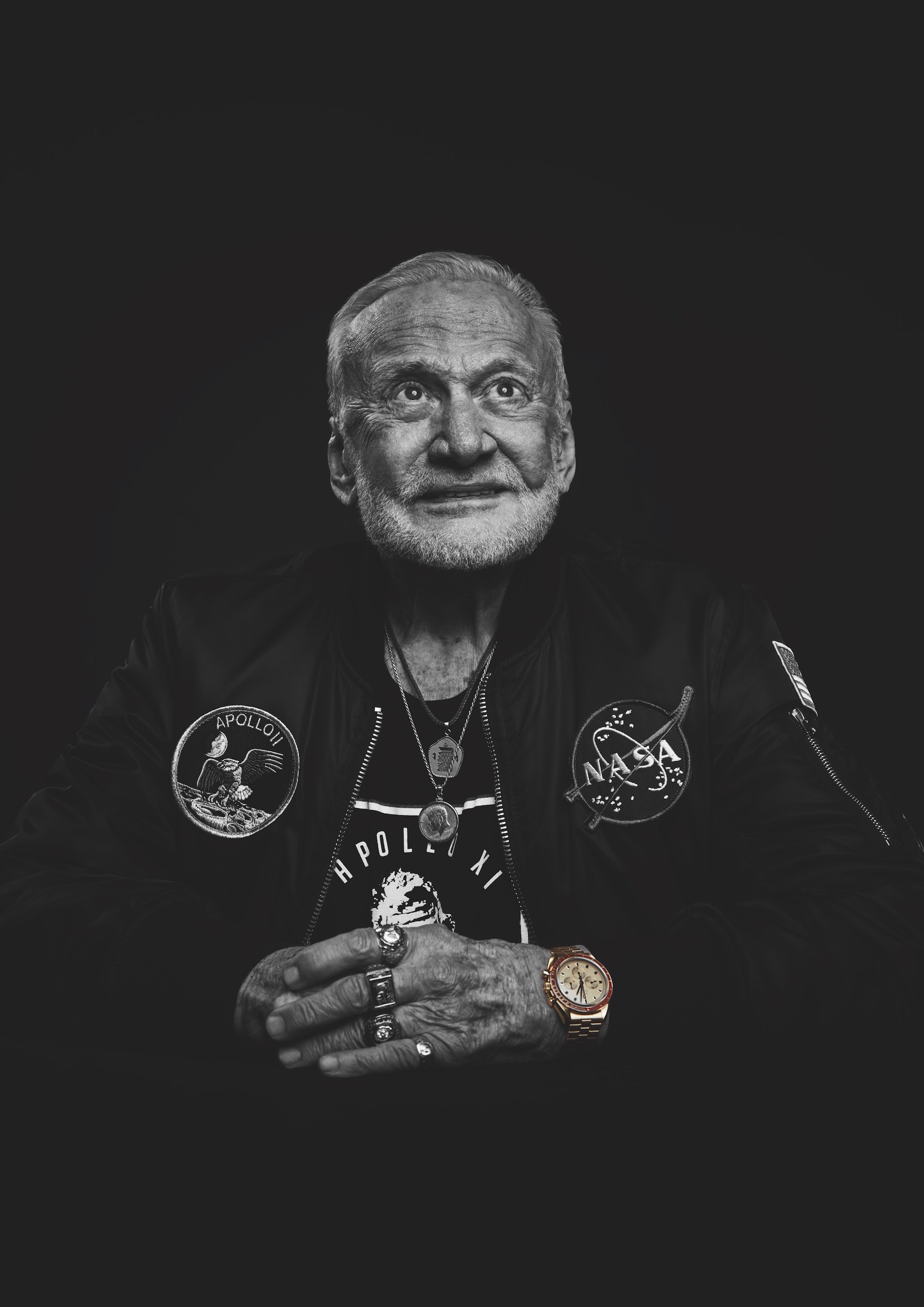

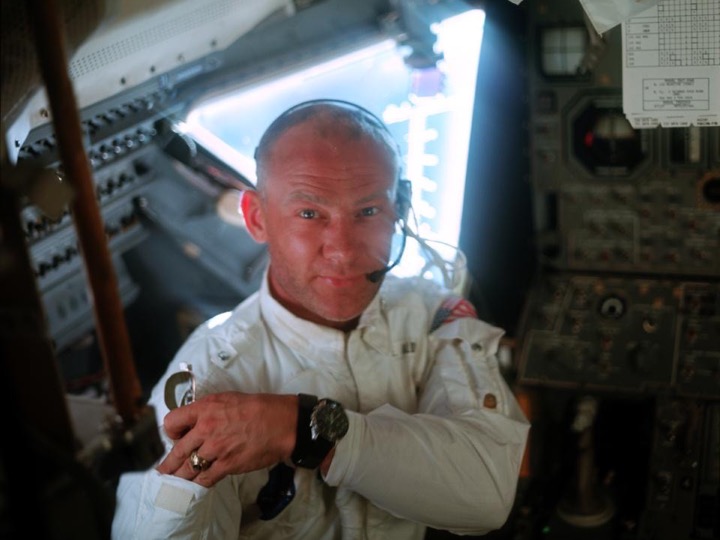
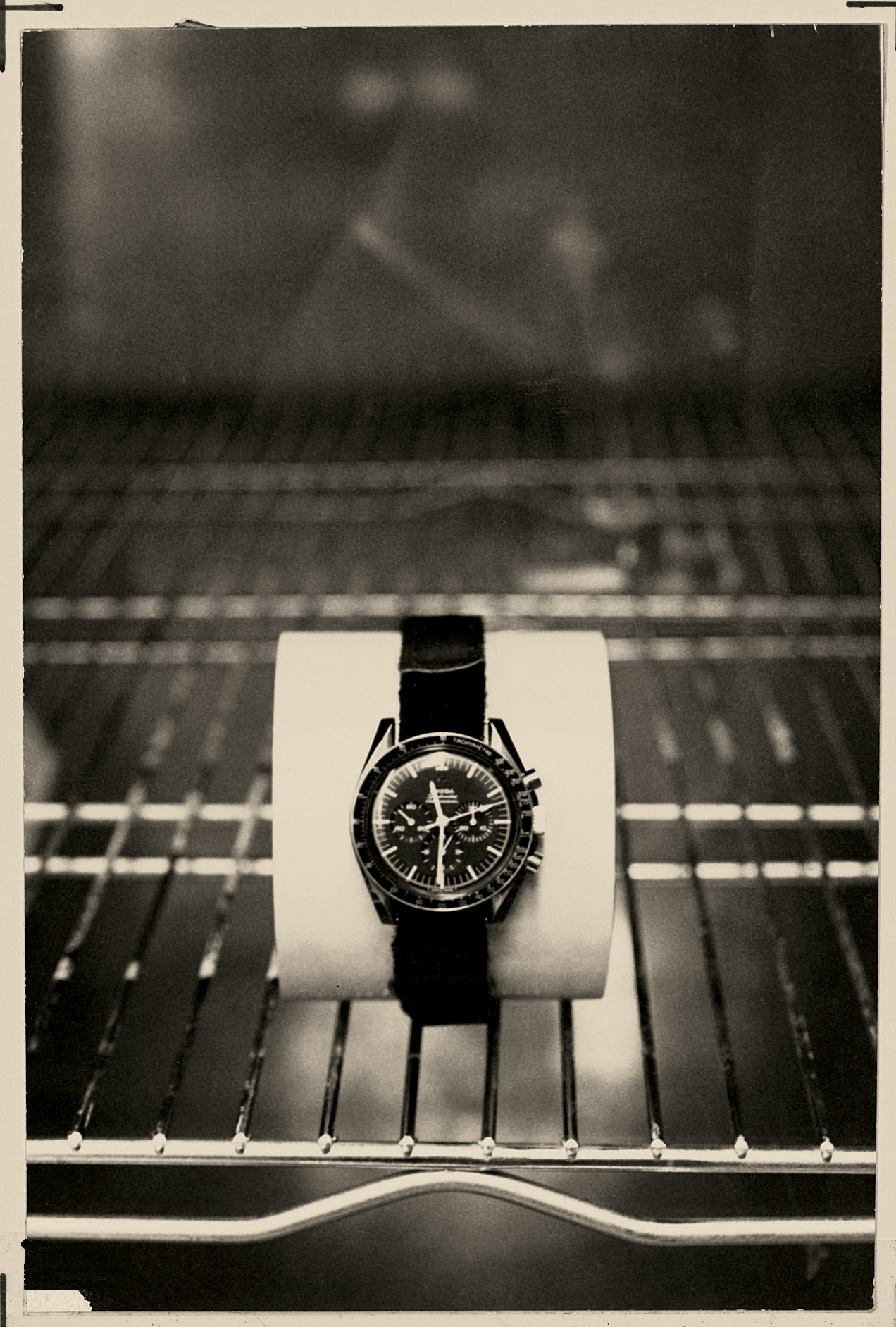
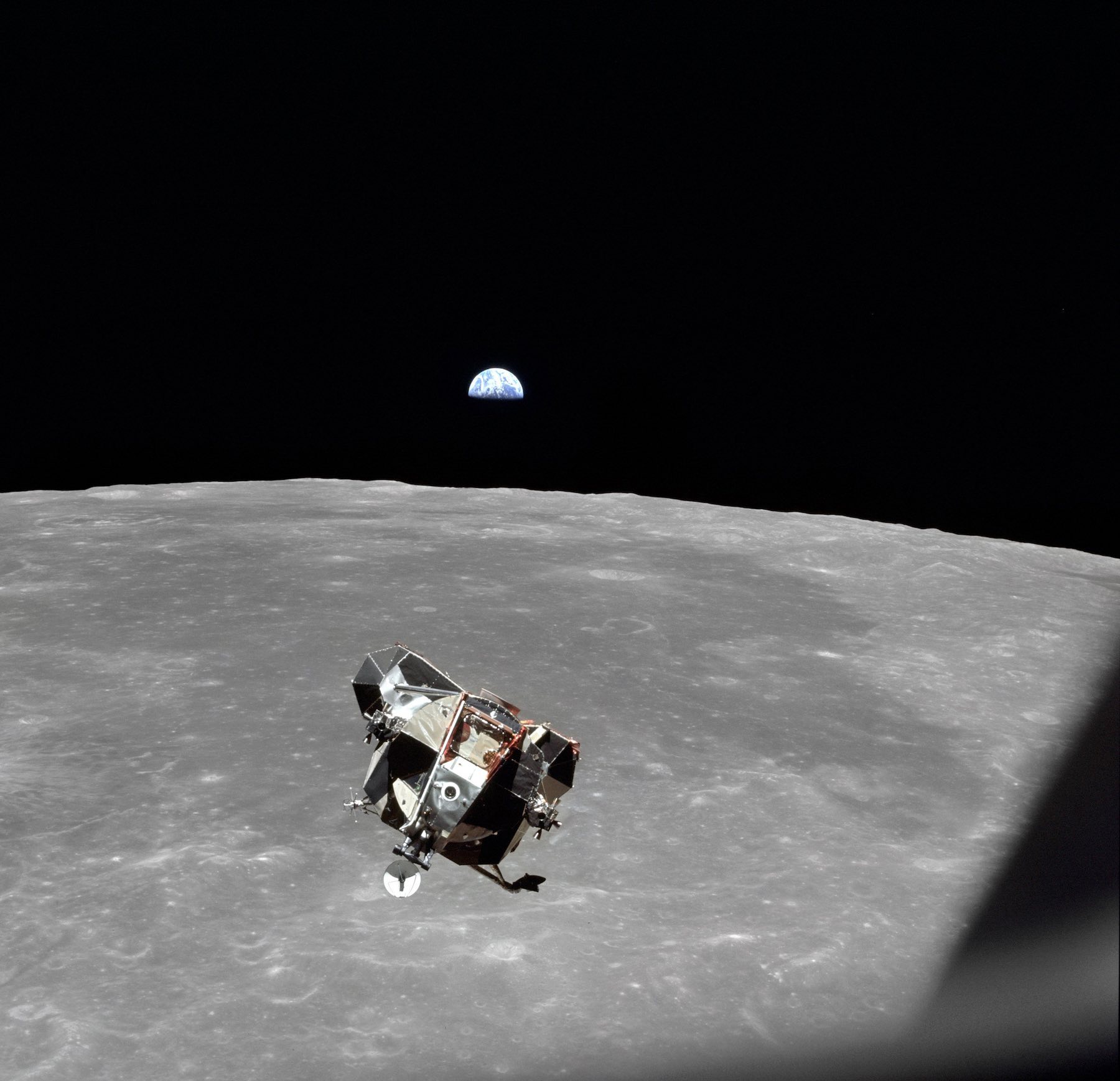
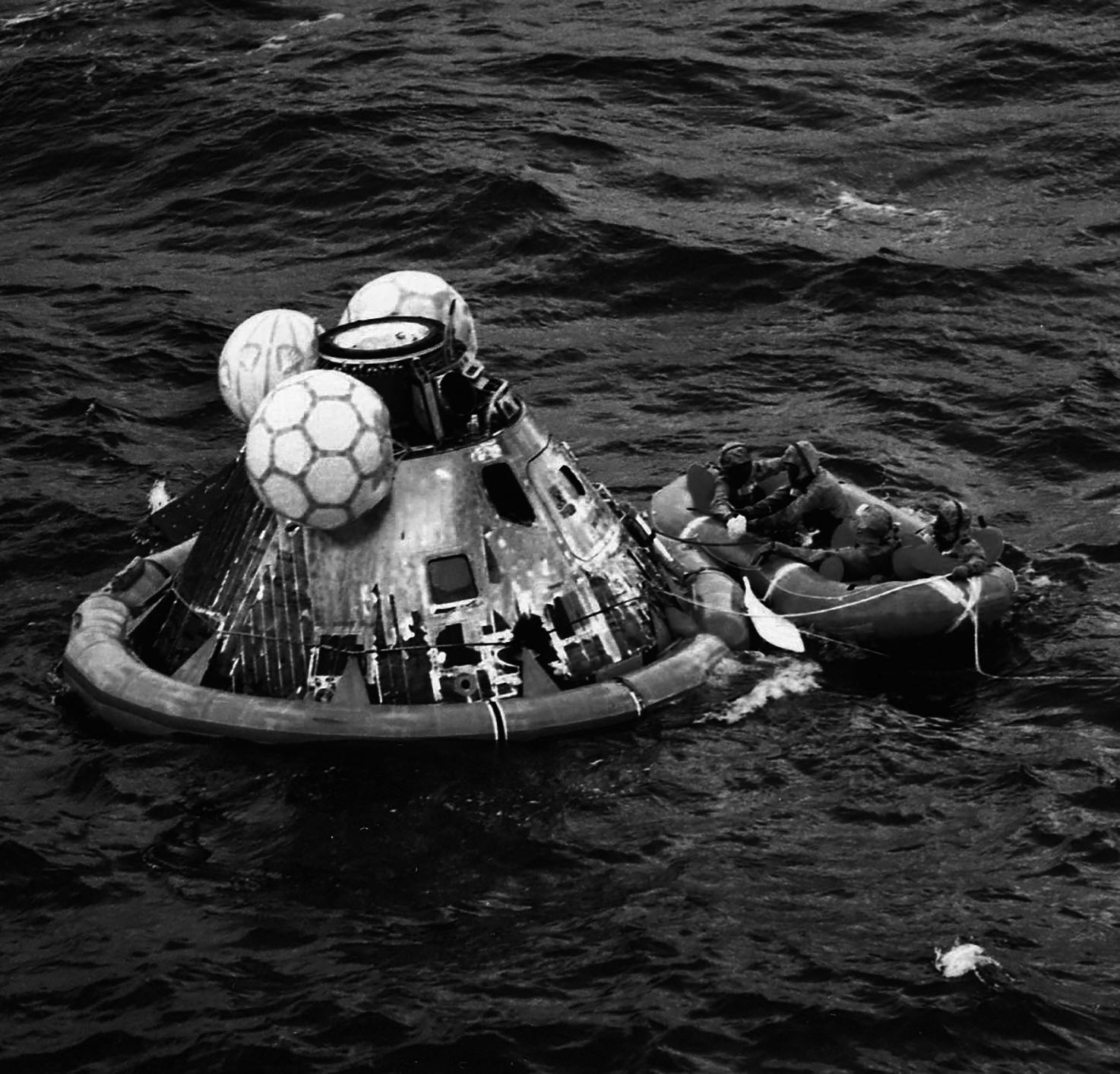
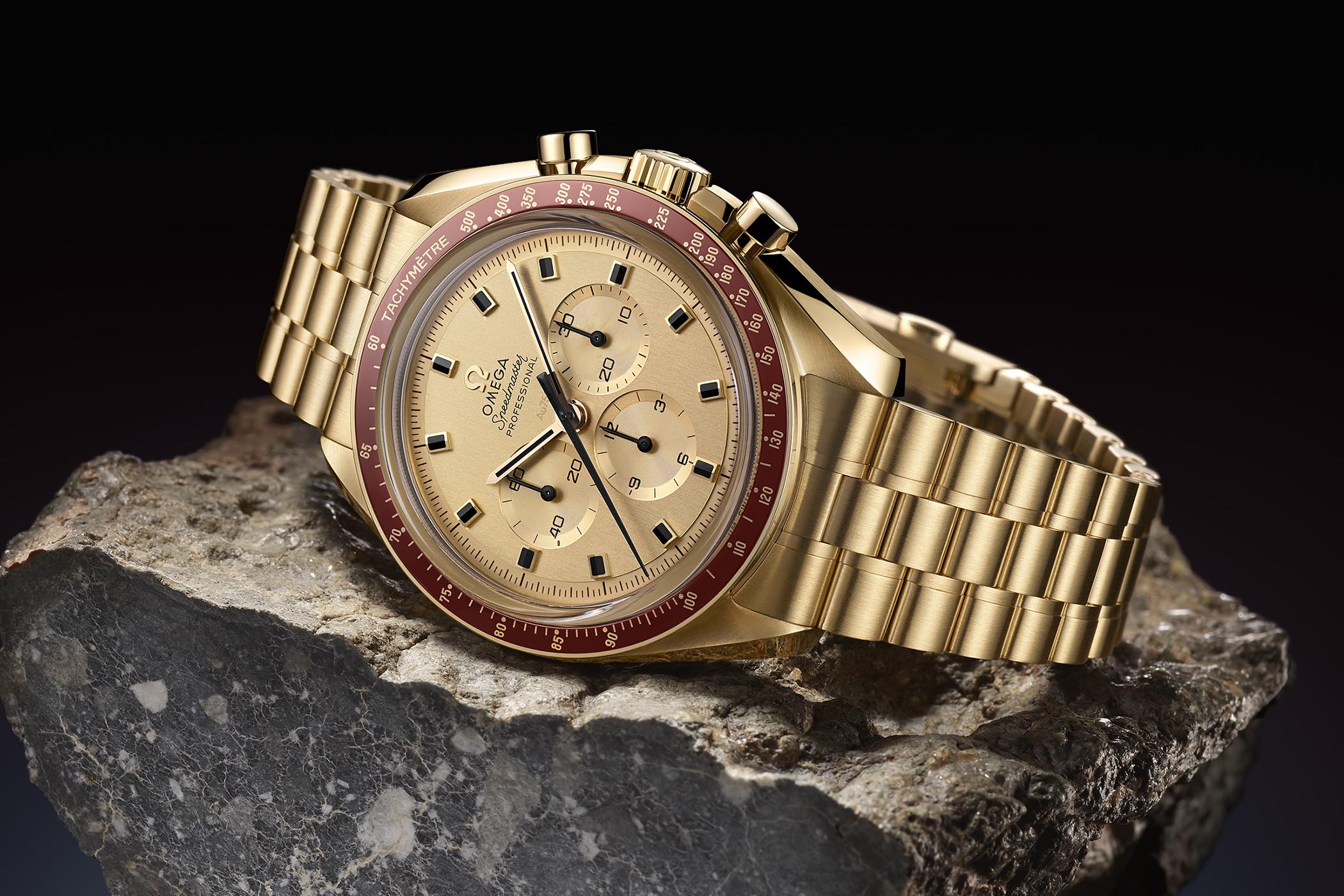
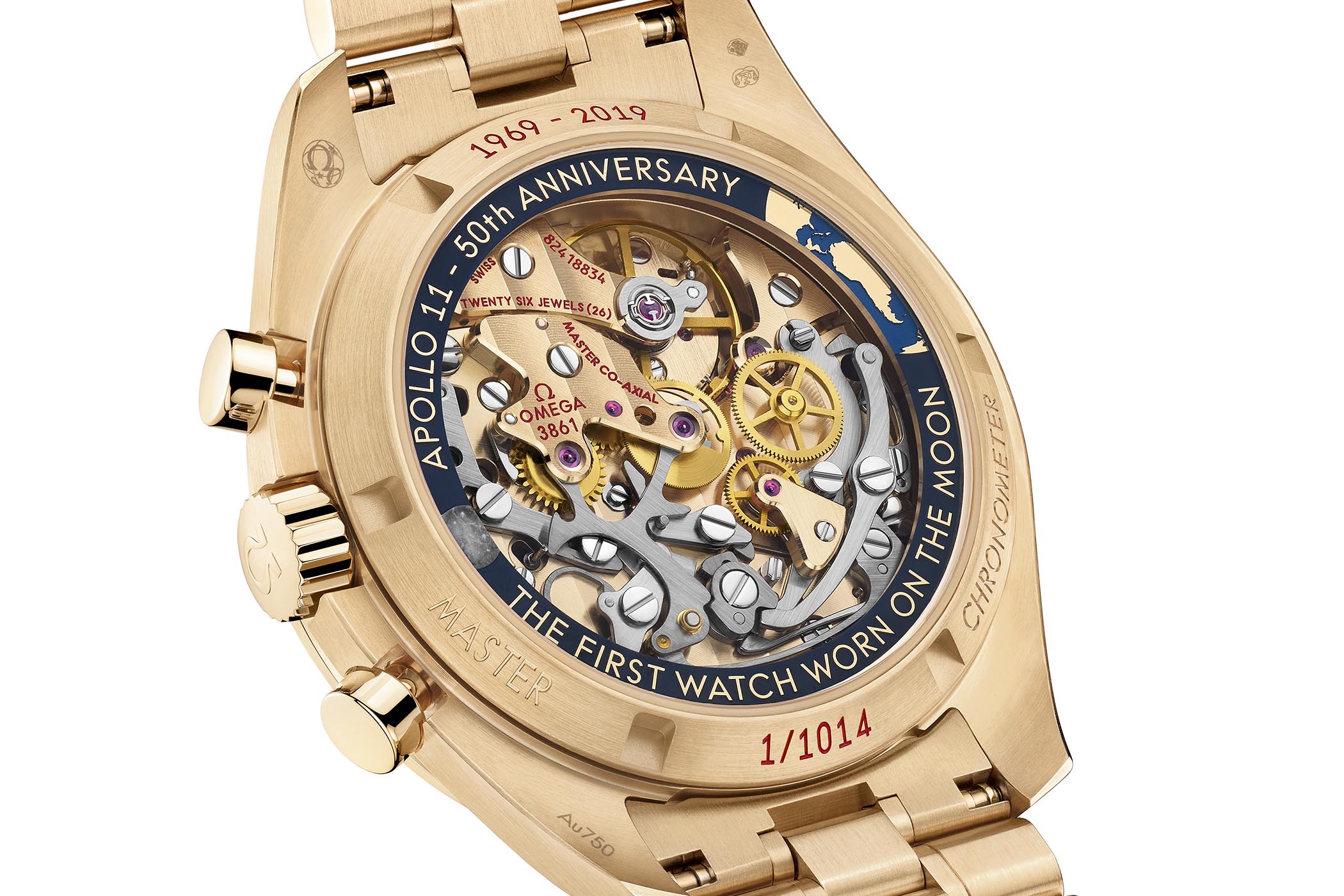



11 responses
There is plenty of evidence that they never been on the moon. Still a nice watch though, but no match for the Daytona.
I was 15 then and I thought it was a tv joke so I went back to sleep. Now, 65, I’m not sure what it was!!!!
I don’t remember that day but 30 years later a friend found his dad’s old Speedmaster. He said his mum thought it was “famous or something”.
!!!!
Back from Vietnam in my housing I saw the whole event.Walter Cronkite narrated it perfectly..
I was 13 years old, I watched and of course I believe.
Beautiful watch!
i was watch it on a 10 inch black and white TV with my dad.. for all those who think we didn’t go to the moon I know some Flat Earthers who would love to hang out with you.
Bearing in mind the old adage ‘three may keep a secret if two of them are dead’, and that NASA had over 200,000 employees in 1969, this may help guide one’s beliefs.
Why do you think those 200,000 people would be told?
My view is, it was successful. But I am certain that if it hadn’t been, we would never have found out. I also think it incumbent on this site to feature the Bulova Moonwatch. When your Speedmaster fails, Bulova takes over.
Hi, I was an 8 year old from Coventry in the UK. I remember being allowed to stay up to watch the landing on our black and white tv. I sat cross legged on the floor with all the family 9 children and my parents watching as Neil Armstrong descended into the Lunar surface. I am proud and honoured to have been born in an era that nan stepped on another world, an achievement I consider to be mans greatest, as the first ever to be done outside this precious planet of ours. Carl Roberts. UK
One small step for nan. Got to take it easy with the new hip.
The story of the watch is great.. the conspiracy theories in the comments an unwelcome sign of the times